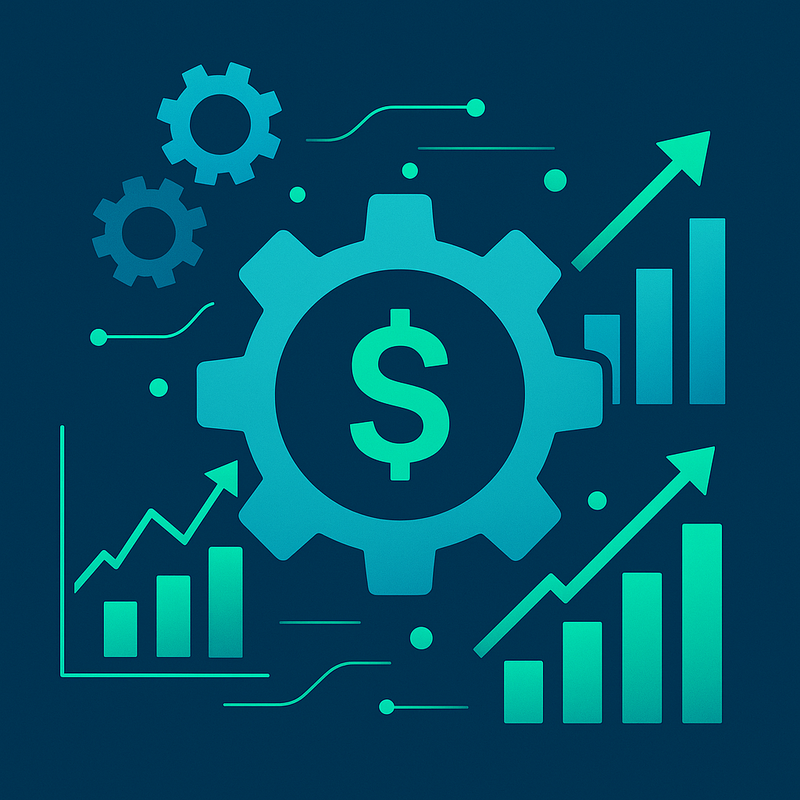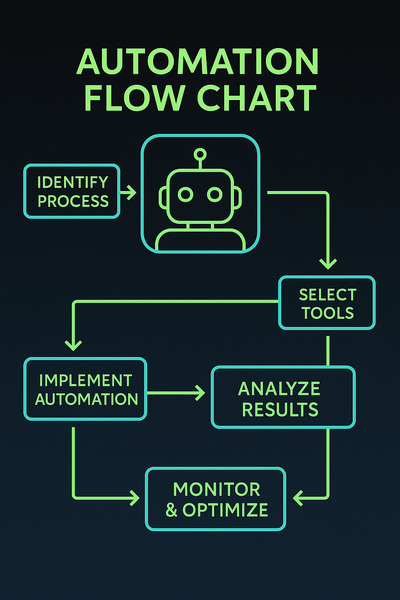AI Dashboards: Why You Need One (And What It Should Track)

Data is abundant, but insight is scarce. Raw numbers can overwhelm, causing decision fatigue rather than clarity. An AI‑powered dashboard cuts through the noise by presenting the metrics that matter most and surfacing patterns you might otherwise miss.
Unlike static reports, AI dashboards provide real‑time analytics and predictive insights. They highlight emerging trends, anomalies and correlations, allowing you to act swiftly. Natural language queries mean you can ask questions in plain English and get answers instantly. Visualisations are tailored to your role, so marketers see funnels, finance sees cash flow and operations sees throughput.
What should you track? Start with customer metrics like acquisition costs, lifetime value and churn. Include operational KPIs such as cycle times, capacity utilisation and on‑time delivery. Don’t overlook financial indicators like revenue growth, gross margin and forecast accuracy. The power of an AI dashboard is its ability to link these domains and reveal how changes in one area impact another.
Building the right dashboard requires understanding your objectives and selecting the right tools. We specialise in creating AI‑driven dashboards that align stakeholders around shared insights. Book a free strategy call to discover how we can turn your data into decisions.
Automation Steps & Logic
Below is a high-level overview of the steps involved in automating this process:
- Identify the Process: Map out the exact workflow that needs automation, including inputs, outputs and decision points.
- Select the Right Tools & Platforms: Choose AI agents, RPA bots or integration tools based on complexity and scalability needs.
- Design & Prototype: Build a proof of concept or prototype to validate the logic and gather stakeholder feedback.
- Implement & Integrate: Deploy the solution and integrate with existing systems, ensuring data flows seamlessly between components.
- Monitor & Optimise: Continuously track performance, gather insights and iterate on the automation to improve efficiency.
Recommended Bots & Agents
Here are examples of intelligent agents that can assist with this use case:
- Conversational AI Bots: Handle customer queries, onboarding or support through chat or voice interfaces.
- RPA Bots: Automate rule-based, repetitive tasks such as data entry, invoicing and report generation.
- Data Extraction Bots: Collect and cleanse information from documents, emails or web pages for downstream processing.
- Scheduling & Coordination Agents: Automate meeting bookings, reminders and coordination across teams.
- Integration Agents: Seamlessly connect your CRM, ERP, marketing and communication tools through APIs.
